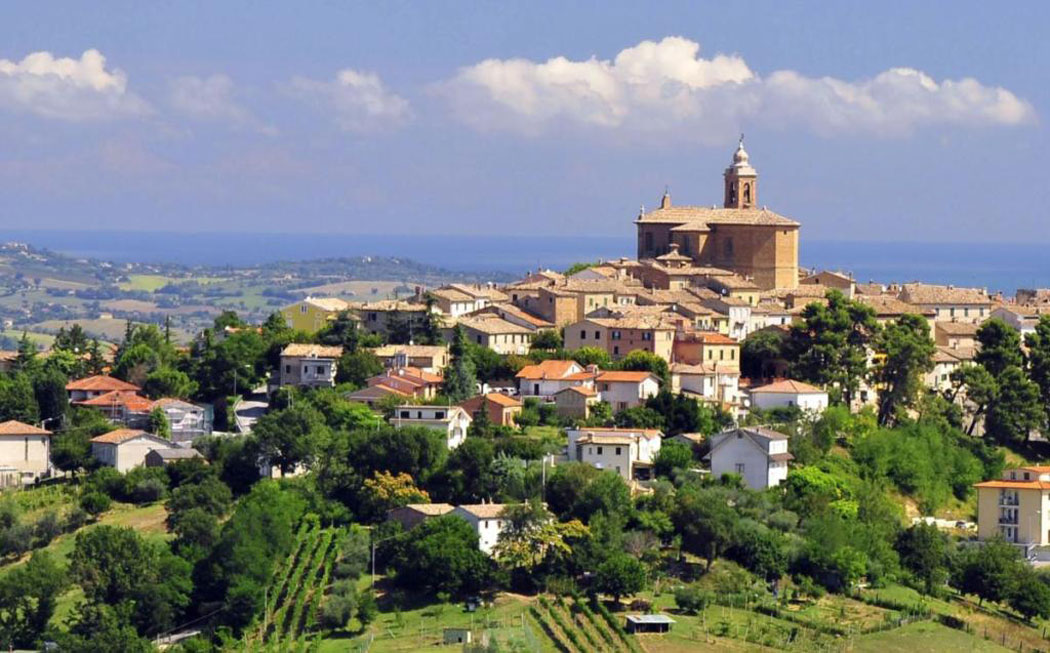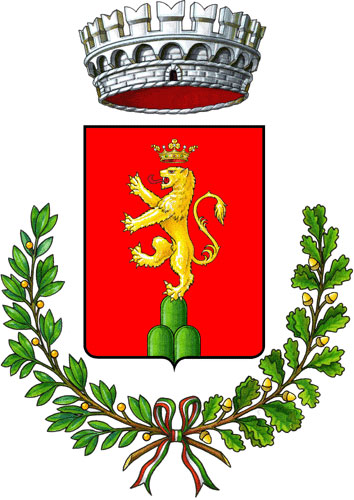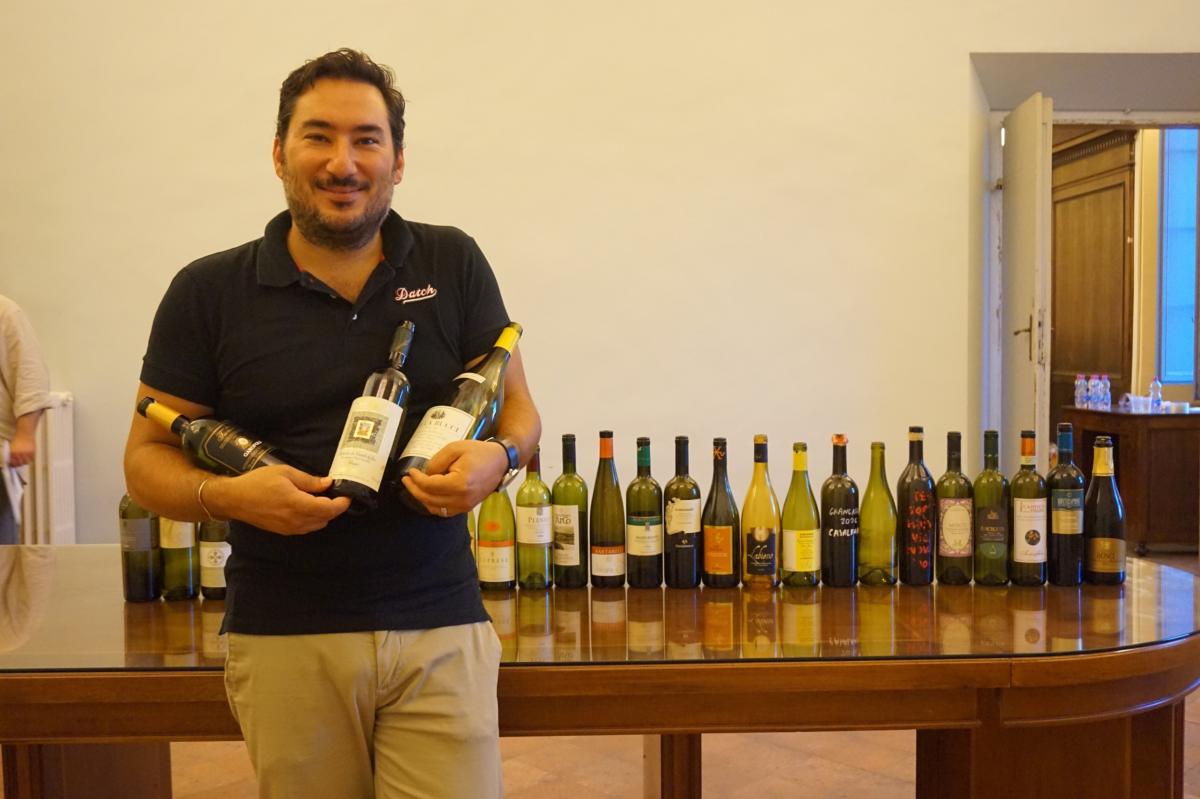

It is part of the Trabocco Park, a luxuritant nature area thanks to the numerous small streams, and is part of the Castelli di Jesi (Castles of Jesi).
There is not much news of ancient history, it can be said that this has long been a border area between the Umbrians and Piceni and in the 4th century BC the whole area had been conquered by the Senoni Gauls. Around 300 BC the Romans conquered the whole area and established a colony in nearby Jesi, which was also an important customs center along the Salaria Gallica road that connected Via Salaria with Via Flaminia.
After the first wave of Ostrogoths, this area of the Marche was reconquered by the Eastern Roman Empire and became an exarchate of Byzantium. People began to leave the valleys and take refuge in fortresses or monasteries on the heights and, at the same time, the Catholic church established a diocese with a bishop in Jesi in 680.
The area then passed under the rule of the Lombards who came into conflict with the papacy until the pope allied himself with the Franks who came down to Italy conquering the territories and donating a part to the pope, including this area of the Marche.
Memories of the Lombards are found above all in the name of the districts and in the worship of saints particularly dear to them.
But the history of this part of the Marche is surprising because in 1194 the great Frederick II of Swabia, Stupor Mundis, was born in Jesi in a tent in the square and Jesi became the 'royal city' and the centre of a small republic that also included Montecarotto .
Emperor Frederick II had granted Jesi special privileges that remained even after the decline of the Swabians, when the whole area returned to be under the control of the papacy. And it was King Enzo himself, son of Frederick II, who donated Montecarotto to Jesi.
After overcoming plagues and earthquakes, in the fifteenth century Montecarotto had a period of splendour and displayed one of the main churches and castles of Jesi. Its walls were designed by Albertino Giacomo da Cremona in 1509 and the churches were enriched with works of art.
Its patron saint became San Placido and San Floriano, the patron saint of the state of Jesi was venerated. The state became a small republic and in the seventeenth century Montecarotto had a new period of splendour with noble palaces, the collegiate church and other churches such as the Madonna delle Grazie and the Madonna del Popolo.
Jesi and its Castles survived, with some compromises with the church, until Napoleon and the French army arrived. The French elected Montecarotto as capital of the Metauro district.
One of the more recent activities to be related is the construction of the theatre, a real jewel created in 1861 thanks to a bequest by Alessandro Baldoni.
The name of the town derives from an ancient fortress which was destroyed and on whose remains the main church of the town was built.
Montecarotto is part of the towns of Verdicchio, one of the best known Italian white wine areas all over the world.








Follow us